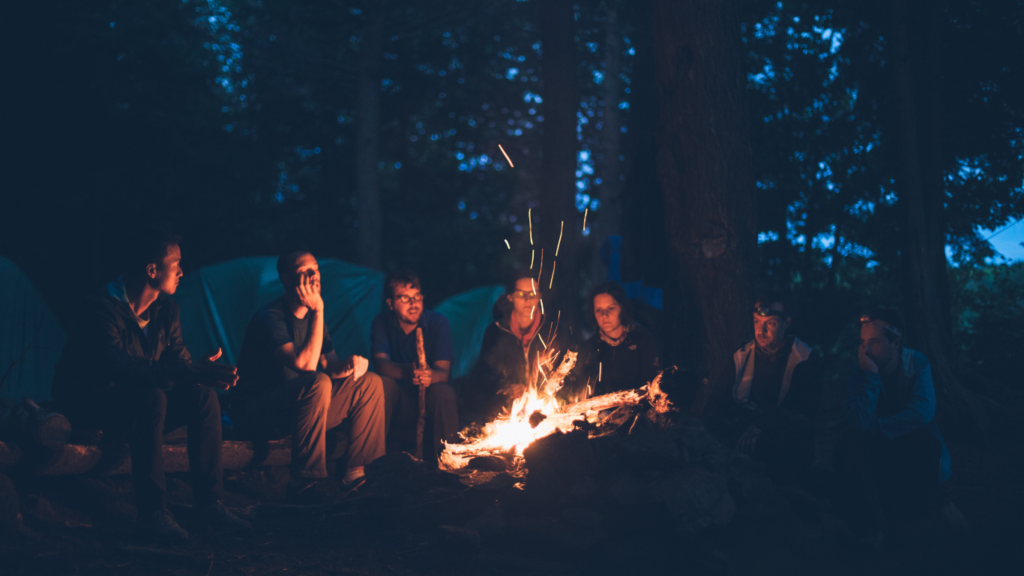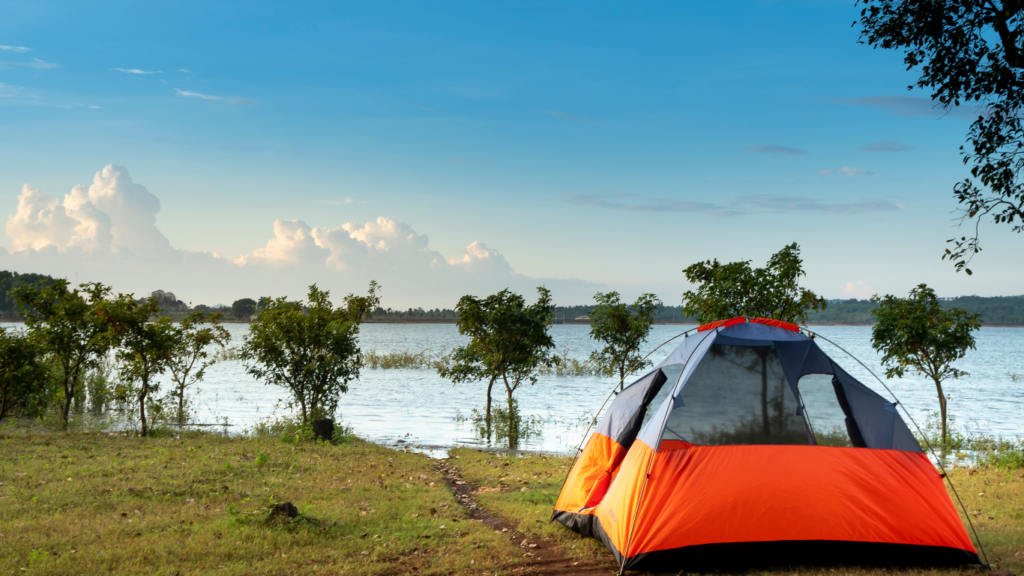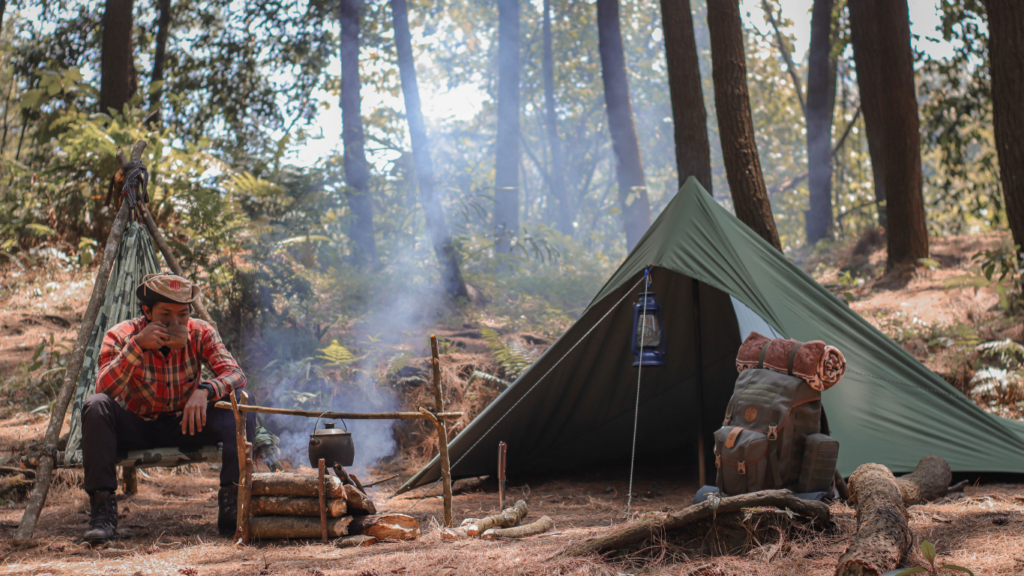Understanding Wilderness Survival
Wilderness survival entails more than just having a tent and some food. It requires a comprehensive understanding of various skills and knowledge. Recognizing potential hazards early can save lives, while being well-equipped can prevent many common issues.
Identifying Potential Hazards
Knowing what dangers you might face in the wild is essential. These hazards include wildlife encounters, sudden weather changes, and geographical challenges such as steep terrains. For instance, encountering a bear or dealing with a sudden thunderstorm can threaten safety if unprepared.
Essential Skills
Several skills are crucial for surviving in the wilderness. These include:
- Shelter Building: Proper shelter protects against extreme weather. Use available materials to create a sturdy structure, keeping you dry and warm.
- Fire Starting: Fire is vital for warmth, cooking, and signaling. Carry waterproof matches or a reliable lighter and know how to use them effectively.
- Water Sourcing: Knowing how to find and purify water is critical. Carry a portable water filter or purification tablets to ensure water is safe to drink.
- First Aid: Basic first aid skills can address injuries until help arrives. Include a first aid kit and learn how to treat common injuries like cuts and sprains.
Appropriate Gear
The right gear enhances survival chances. Essentials include a map and compass, multi-tool, flashlight with extra batteries, and adequate clothing layers. These items can be lifesaving in emergencies and help navigate and manage unexpected situations.
Mental Preparedness
Survival isn’t just physical; mental toughness is crucial. Stay calm in emergencies, make logical decisions, and keep a positive outlook. Panic can lead to mistakes, whereas clarity and confidence often improve outcomes.
Understanding wilderness survival means being ready for anything. This preparedness ensures you stay safe while enjoying the beauty and adventure of nature.
Essential Survival Skills
Mastering essential survival skills is key to staying safe in wilderness settings. Skill proficiency improves confidence and increases survival chances.
Building Shelter
Building a shelter ensures protection from the elements. Select a location free from hazards like falling branches and flooding. Use available materials such as branches, leaves, and tarps. Construct a frame with sturdy branches, then layer it with leaves for insulation. Create a small entrance to retain heat.
Finding and Purifying Water

Access to clean water is vital. Locate water sources like streams, rivers, or lakes. If these aren’t available, collect rainwater or dew. Always purify water by boiling it for at least one minute, using purification tablets, or employing a portable filter. Avoid drinking untreated water to prevent waterborne illnesses.
Starting a Fire
Fire provides warmth, light, and a way to cook food. Gather dry tinder such as leaves, grass, and small twigs. Arrange the tinder in a small pile and create a tepee structure with dry sticks. Use matches, a lighter, or a fire starter to ignite the tinder. Blow gently to encourage the flame to grow. Once the fire is stable, add larger pieces of wood to sustain it.
Foraging for Food
Foraging sustains energy levels when food supplies run low. Identify edible plants, berries, and nuts common in the area. Avoid plants with white berries, milky sap, or an almond scent, as they are likely toxic. Learn to recognize a few edible plants, like:
- dandelions
- wild strawberries
- acorns
Always confirm the safety of foraged items before consumption.
Important Gear and Equipment
Proper gear increases survival chances significantly in the wilderness. Essential equipment improves safety and comfort.
Survival Kits
Survival kits provide critical tools. A basic kit includes a knife, matches, a whistle, a compass, and a first aid kit. Including water purification tablets ensures access to clean water. Pack a multi-tool for versatility in emergencies. High-calorie food rations like energy bars offer sustenance in case you’re stranded.
Proper Clothing
Wear clothing suitable for the climate. Layering keeps you warm in cold environments; wear a moisture-wicking base layer, insulating middle layer, and waterproof outer layer. For hot climates, wear lightweight, breathable fabrics. Durable boots with good ankle support prevent injuries while hiking. A wide-brimmed hat and sunglasses protect from sun exposure.
Navigation Tools
Navigation tools help you find your way. Carry a map of the area and a compass. A GPS device adds extra security if it functions properly in the field. Learning to read a map and use a compass is essential if electronic devices fail. Marking starting points on the map assists in keeping track of your location.
Survival in the wilderness demands not only skills but also the right equipment. Ensure you pack these critical items to improve your chances of staying safe.
Safety and First Aid
Ensuring safety in the wilderness hinges on proper first aid knowledge and skills. It’s critical to be prepared for potential injuries or encounters with wildlife.
Basic First Aid Skills
Administering first aid involves immediate responses to common injuries. Cuts and abrasions often happen while trekking, and knowing how to clean wounds and apply bandages prevents infections. For fractures, creating a makeshift splint from sturdy materials aids in immobilizing the injured area until professional help is available.
Recognizing signs of dehydration and heatstroke is equally important. Symptoms include dizziness, rapid heartbeat, and fainting. Rehydrating with clean water and seeking shade can mitigate these conditions. In cold environments, understanding hypothermia symptoms like shivering and fatigue is vital. Wrapping the affected person in dry, warm clothing can stabilize their condition.
Handling Wildlife Encounters
Facing wildlife requires calm and strategic actions. If encountering a bear, avoid running; instead, speak softly and slowly back away, making yourself appear larger by raising your arms. Bear spray can be a deterrent if the bear approaches.
For snake bites, keep the injured person calm to slow venom spread; avoid suctioning the venom or using tourniquets. Immobilize the affected limb and seek immediate medical help.
Knowledge of local wildlife behaviors aids in making informed decisions. For example, storing food in bear-resistant containers reduces attraction to campsites. Implementing these strategies enhances safety and minimizes risks during outdoor adventures.
Mental Preparedness
Mental preparedness is crucial for wilderness survival. Maintaining composure and a positive outlook can significantly impact your ability to endure and make sound decisions in challenging situations.
Staying Calm Under Pressure
Staying calm under pressure can be the difference between survival and disaster. When unexpected situations arise, I focus on my breathing to steady my nerves. Deep, slow breaths help me maintain a clear mind. I prioritize immediate actions—such as locating shelter, food, and water—over panicking. Practicing mindfulness techniques regularly can enhance this skill, making it easier to stay composed during emergencies.
Importance of Positive Mindset
A positive mindset plays a vital role in wilderness survival. I remind myself of past successes and focus on the task at hand. This boosts my morale and helps me tackle challenges more effectively. When I face obstacles, I view them as opportunities to improve my skills rather than insurmountable barriers. The ability to adapt and remain optimistic ultimately increases my chances of a successful outcome in the wilderness.





